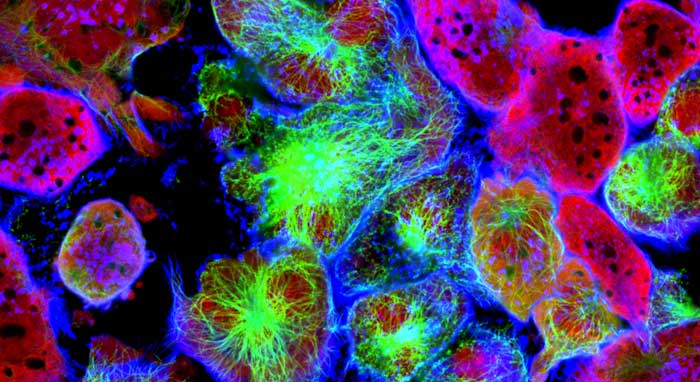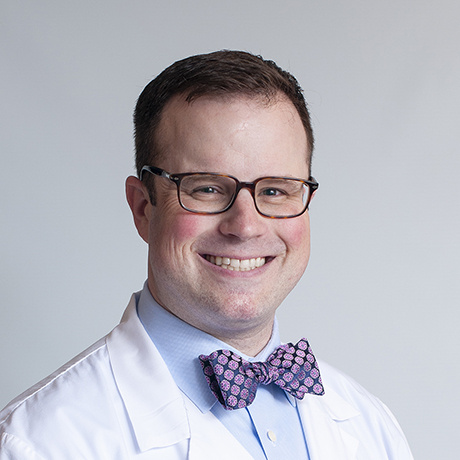-
- Find Care
-
- Visitor Information
- Find a Location
- Shuttles
- Visitor Policies
-
-
- Our Virtual Care Options
- Virtual Urgent Care
- Virtual Visits for Primary & Specialty Care
- Online Second Opinions
- Participate in Research
-
- Contact us
-
- For Innovators
- Commercialization Guide for Innovators
-
-
- Research News
- Alzheimer's Disease
- Artificial Intelligence
-
- Overview
-
- Overview
- Getting Started
- New to Mass General Brigham
- International Patient Services
- What Is Patient Gateway?
- Planning Your Visit
- Find a Doctor (opens link in new tab)
- Appointments
- Patient Resources
- Health & Wellness
- Flu, COVID-19, & RSV
- Billing & Insurance
- Financial Assistance
- Medicare and MassHealth ACOs
- Participate in Research
- Educational Resources
- Visitor Information
- Find a Location
- Shuttles
- Visitor Policies
- Find Care
-
- Overview
- Our Virtual Care Options
- Virtual Urgent Care
- Virtual Visits for Primary & Specialty Care
- Online Second Opinions
-
- Overview
- Participate in Research
-
- Overview
- About Innovation
- About
- Team
- News
- For Industry
- Venture Capital and Investments
- World Medical Innovation Forum (opens link in new tab)
- Featured Licensing Opportunities
- For Innovators
- Commercialization Guide for Innovators
- Contact us
-
- Overview
- Information for Researchers
- Compliance Office
- Research Cores
- Clinical Trials
- Advisory Services
- Featured Research
- Two Centuries of Breakthroughs
- Advances in Motion (opens link in new tab)
- Brigham on a Mission (opens link in new tab)
- Gene and Cell Therapy Institute
- Research News
- Alzheimer's Disease
- Artificial Intelligence
-
- Overview
-
- Overview
- Residency & fellowship programs
- Brigham and Women's Hospital
- Massachusetts General Hospital
- Mass Eye and Ear
- Newton-Wellesley Hospital
- Salem Hospital
- Integrated Mass General Brigham Programs
- Centers of Expertise
- Global & Community Health
- Health Policy & Management
- Healthcare Quality & Patient Safey
- Medical Education
- For trainees
- Prospective trainees
- Incoming trainees
- Current trainees
- Continuing Professional Development
How Are Cancer Cells Different From Normal Cells?

Cancer cells start out just like all the other cells in your body. So what goes wrong? What makes them the harmful, devastating cells we’re working so hard to eliminate?
Russell Jenkins, MD, PhD, a skin cancer specialist at Mass General Brigham Cancer Institute, explains how cancer cells differ from healthy cells. Dr. Jenkins primarily treats patients with melanoma, the most severe form of skin cancer.
What is a cancer cell?
All the cells in our body have genetic information called DNA (deoxyribonucleic acid). A mistake in the DNA can cause a cell to grow and multiply too much.
“Cell growth is like driving a car. Normally, there are brakes and accelerators that allow our cells to grow in a controlled fashion,” says Dr. Jenkins. “But with a cancer cell, there’s a cinder block on the accelerator, and the car just goes and goes and goes.”
How cancer cells differ from healthy cells
Researchers think everything starts with those DNA mistakes, also known as mutations. A cancer cell may have just one or two mutations, or it can have multiple changes that make it different from normal cells. More advanced cancers develop when lots of mutations occur.
“The DNA sets the stage, but we also realize that there are all these other layers and levels of regulation,” says Dr. Jenkins. Abnormalities can happen within many parts of a cell, such as what genes get turned on and off, or what proteins get made.
At the DNA level, abnormalities are broken down into two categories:
Driver mutations: Changes that cause a cancer cell to form and grow out of control
Passenger mutations: Changes that happen over time once the cell is already abnormal
Driver mutations
“We think driver mutations occur a little earlier in the process, and those are the important ones,” says Dr. Jenkins. He describes two broad types of driver mutations:
Oncogenes: These genes mutate from proto-oncogenes, which help cells grow and divide properly. When an oncogene develops, it turns on signals for cancer cells to just keep multiplying.
Tumor suppressor genes: These genes keep cell growth in check, telling cells to grow more slowly and prompting cell death when needed. They even fix mistakes in DNA to help prevent cancer. But mutations prevent them from doing their job.
Some cancer cells arise from changes to oncogenes, while others happen from problems with tumor suppressor genes. If both these mutations occur, they often lead to fast-growing cancers.
An ever-evolving structure
The body usually gets rid of cancer cells before they can pose a problem. “It's only when the cancer gets through the escape hatch that it starts to grow out of control,” notes Dr. Jenkins. “When it does, we think it has the ability, or at least the possibility, of gaining additional changes that give it a growth advantage over time.”
These changes can be thought of as a version of evolution. Cancer cells keep developing new abilities that help them adapt and survive.
“All it takes is a small fraction [of cancer cells] that have the capacity to survive to then create lots of problems going forward,” says Dr. Jenkins.
A camouflaged enemy
The cancer cells that manage to survive are especially hard to get rid of. Even though cancers get more aggressive and abnormal as they progress, they still escape detection. They manage to pass the immune system’s checkpoints by disguising themselves as normal cells.
“Cancer cells are creating all sorts of destruction, but they're genetically related to normal cells,” says Dr. Jenkins. “They figure out ways to put up a forcefield around themselves or put a marker on their surface that signals to the immune system, ‘Hey, I’m like you—don’t attack me.’”
The damaging nature of cancer cells
All these characteristics allow cancer cells to act differently than normal cells. While normal cells follow a strict set of rules to support the body, cancer cells only look out for themselves.
They take up space, pushing against blood vessels, nerves, and organs. Their growth causes pain and damage, keeping the body from working properly.
A tumor (mass of cancer cells) near the eye, for example, can grow to impair vision. A tumor in the colon can block the piping and interfere with digestion. Cancer cells in the blood set up shop in the bone marrow and keep healthy blood cells from being made.
Solid tumors and metastatic cancer
Some cancers, such as squamous cell or basal cell skin cancer, typically grow within just one area. Even though they don’t spread, they create a lot of devastation.
“The cancer is going to ruin its own neighborhood first, and then its own county, and then its own state, creating problems in a more local or regional fashion,” says Dr. Jenkins.
Other cancers leave their original spot and spread to invade new parts of the body. This type of cancer is called metastatic cancer.
How do cancer cells spread?
Picture a mass of cancer cells: the ball keeps getting bigger as the cells grow and divide into new ones. The new cells continue to develop more abnormal changes and proteins. Eventually, some cells have enough strength to pull off and move away from the ball.
These cancer cells can get into the bloodstream, which acts like the body’s highway system. They travel to other organs or invade nearby lymph nodes, which Dr. Jenkins compares to bus stops along the highway. Only a fraction of the cells manage to survive the trip, but they thrive in their new environment.
“It seems that they may land in some areas by rotten luck,” says Dr. Jenkins. “But beyond that, some cancers seem to actually know where they are going. They've either figured out how to go to one place, or, for whatever reason, they are the right seed for a particular soil.”
He gives the example of cancer that starts in the colon. “The highways are anatomically defined, so it’s going to follow the blood supply and go to the liver.”
Does everyone have cancer cells?
Cells develop mutations all the time, but the immune and DNA repair systems work to keep abnormalities under control. But some cancer cells get past the gatekeepers and start wreaking havoc. Whether this happens depends on many risk factors, things that increase a person’s chance of cancer.
“We think a lot of cancers are related to environmental factors,” explains Dr. Jenkins, “but there's a lot of intersection between what happens around us and what we're born with.”
